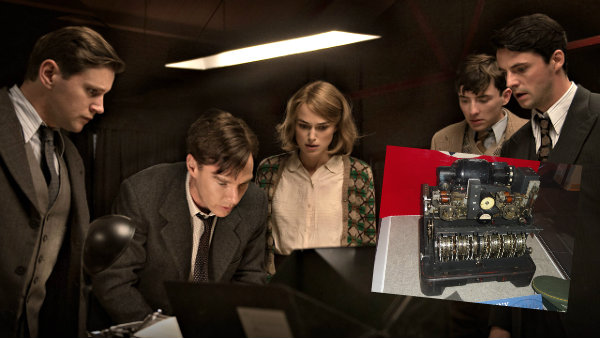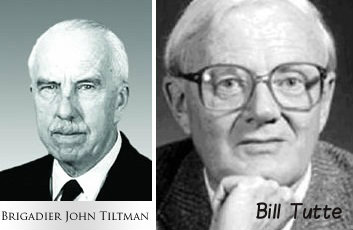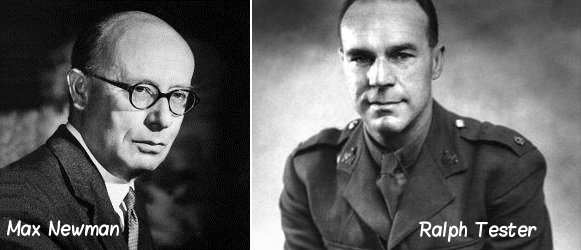The secrets of Bletchley Park, the central intelligence hub of UK during the years of the Second World War, did not just evolve around breaking the Enigma Code but also deciphering the Lorenz SZ40 Code which experts believed to be more complicated than the former.
With the release of The Imitation Game, the WWII film focused on Alan Turing and the codebreakers of Bletchley Park, surely it is expected that the number of visitors to the once central intelligence hub of Britain will rise as the movie will inspire new excursions to the wooden Buckinghamshire huts where Turing and his team of code breakers deciphered the coded messages of the Nazis.
The Imitation Game, its title coming from the question Alan Turing [portrayed by British actor Benedict Cumberbatch] aired about computers acting as human beings, is centered on the making of the Bombe, the electro-mechanical apparatus which helped in breaking the believed unbreakable Enigma ciphers of the Nazis.
Reviewers raved about how the story of Alan Turing and his colleagues were able to break the U-boat codes allowing the Admiralty to protect the Atlantic convoy that brought supplies from America was cleverly narrated in The Imitation Game. However, the movie is not without its critics. To some, the film’s storytelling was just too easy, too streamlined, when in truth, it wasn’t. Nevertheless, it must be remembered that The Imitation Game is not a documentary but a movie. It needed to express Turing’s brilliance, the Bletchley spirit and the realities of WWII in a simplified way, in something that common moviegoers, most of who are not history enthusiasts, would appreciate and understand. It is clear in all those things and more — the Americans did not do all the gritty work during the war.
The Inconsistencies to Reality
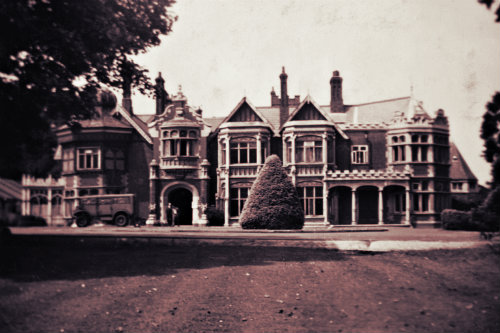
While The Imitation Game is a brilliant work, its simplification of the events that occurred in Bletchley Park made it prone to a number of inconsistencies. For one, there was only one female codebreaker in the movie portrayed by Keira Knightley. In truth, there were about 12,000 people working in the intelligence hub in its peak and about 8,000 of them were women.
Bletchley didn’t also just play a part in the Battle of the Atlantic. Its works was very integral in how the Allies operated. When the Enigma code was broken and many messages ciphered, the codebreakers were able to know future attacks of the Blitz which allowed the Royal Air Force [RAF] to make counterattack measures as well as make sure civilians were in the shelters in time.
Furthermore, the codebreakers were an important part of the Allies’ victory in North Africa. Through them, General Montgomery had the details of Erwin Rommel’s battle plans as well as the routes the Nazi convoy was going to take allowing the Royal Navy to formulate a successful plan in sinking them. The codebreakers, who were mostly women, also provided vital information during the Battle of Britain.
Lorenz SZ40: Outshining the Breaking of the Enigma
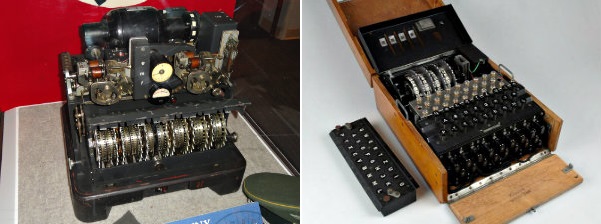
However, there was one achievement in Bletchley Park that many think outshines the breaking of the Enigma code. Aside from the latter, the Germans possessed a more complex code-making machine — the Lorenz SZ40.
The Lorenz SZ40 was used to break down the coded teleprinter links communicated between Hitler and his front line generals.
While the Enigma had three or four internal rotors used to decode the messages, the Lorenz SZ40 contained twelve rotors placed in pairs in two separate rows. The second row’s movement was highly complicated, thus, making the messages made by the device remarkably difficult to break. Amazingly, however, John Tiltman, arguably the greatest codebreaker Britain has ever known, along with Bill Tutte, who was a recent graduate of chemistry and math at that time, were able to work out the internal mechanisms of the machine.
Because of their work, the intelligence hub was able to break into the most secret connection of the German Fuehrer it was like personally eavesdropping into his most covert plans.
The Lorenz SZ40 was given the nickname Tunny by the codebreakers while all the teleprinter links were given fishes’ names as monikers. The most vital among these links were those that connected Hitler to Field Marshal Gerd von Rundstedt, the Fuehrer’s commander in France, and to Field Marshal Albert Kesselring, his commander in Italy. The former was given the nickname Jellyfish while the latter, Beam.
Alan Turing’s tutor in Cambridge, Max Newman, was in-charged with one of the two sections that deciphered the Lorenz SZ40 codes. It was Newman’s section that worked out the device’s first row of rotors, how they were set and how they rotated. The second section was led by Ralph Tester and was called the Testery. They were responsible for the set of letters the Newmanry produced. They used these stream of letters to work out the action, thereby, deciphering the actual messages.
Eventually, Newman realized that if they make a sort of ‘computing machinery’, the work his section did would go much faster. He got the idea of this ‘computing device’ from Alan Turing though the mathematician had it at that — as an idea.
So, Newman, along with his colleagues Donald Michie and Jack Good, developed the concept for the said machine. They, then, fed their ideas to Tommy Flowers, a young Post Office engineer. Turing was able to give them advice on the matter. Nonetheless, he played no major role in the making of the said device.
It was Flowers who made the pioneering valves to build the Colossus, now known as the first electronic digital computer in the world. It was an astounding feat, though, it had to go unrecognized for years due to the secrecy cloaking the activities in Bletchley Park and the oath of secrecy the codebreakers were sworn in.
The Imitation Game gives us a glimpse of the brilliance and the importance of the work in Bletchley Park during the height of WWII — not just deciphering the Enigma or the Lorenz SZ40 codes but the whole as well.
